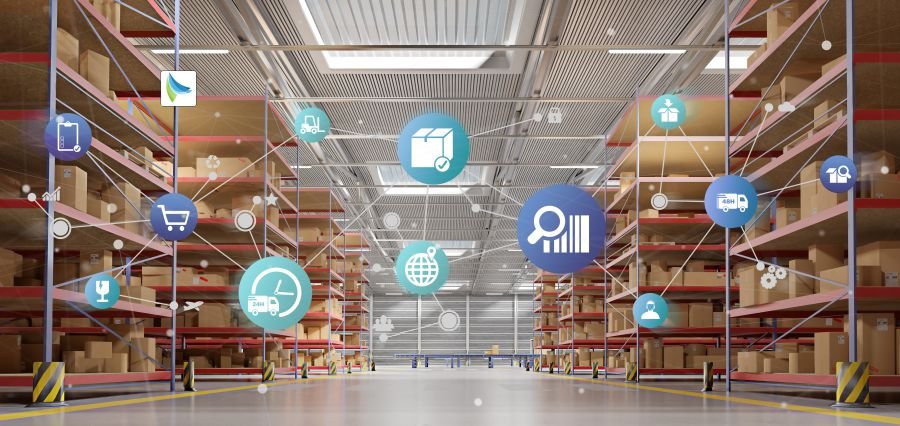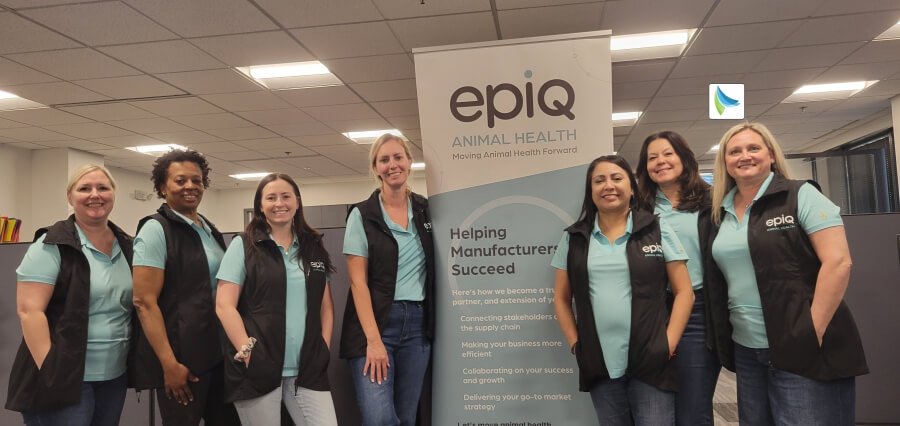In today’s speedy and speedier global economy, women’s economic empowerment is not just a social necessity, it’s an economic necessity. Women are shattering glass ceilings in business, leadership, and education across the globe, yet fiscal autonomy is the only field in which gender disparities persist. Closing these disparities is not merely about fairness; it’s about enabling half the world to be part of the economic development and innovation game.
This article analyzes the definition, issues, and boundaries to women’s monetary empowerment in contemporary economy, combining data examination with human perception.
Understanding Financial Empowerment for Women
The economic empowerment of women refers to the ability of women to make meaningful choice over money, to control it in a productive manner, and to achieve economic well-being. It encompasses access to finance services, control over income, and asset accumulation potential. Financial empowerment in its most basic sense is being able to make choices regarding earning, saving, spending, and investing.
This. form of empowerment allows women to build safe futures and lives for themselves and their dependents. It allows them to invest in saving, enterprise, health, and education and thus generate a more successful and stronger economy.
Why It Matters: The Bigger Picture
As women become more economically empowered, the effects are felt at the level of communities. Raising women’s control over household spending has been found to boost expenditure on children’s health, nutrition, and education, according to the World Bank. Women entrepreneurs are also found to create employment and contribute importantly to GDP growth, especially in developing countries.
Despite these benefits, there is the economic gender gap. Women, on an average, have lower pay for doing the same job, are more limited by barriers in obtaining credit, and have fewer legal rights to land or property in much of the world. The road to women’s economic empowerment is therefore not merely about personal gain but about change.
Barriers to Financial Empowerment
There are several systemic and cultural barriers to women’s complete economic empowerment. These include:
- Limited Access to Financial Services: Women are less likely in most areas to have a bank account or access formal financial services due to limited documentation, poor literacy, or social norm.
- Unequal Pay and Job Access: Overrepresentation of women in poorly paying fields and lowest rungs of leadership and gendered pay gap hinder their capacity to accumulate assets.
- Social Gender Roles and Expectations: In which women continue to be socialized to make finances dependent upon male kin, autonomy is thwarted.
- Financial Illiteracy: Most women are unaware of personal financial planning, investing, or credit management purely because they are not well educated and trained.
Pathways to Progress: Translating Barriers into Opportunities
Although issues are expansive, solutions are not insurmountable. Some of the most important ways of empowering women economically are:
- Financial Literacy Programs
It begins with education. Governments, NGOs, and the private sector should invest in women’s financial literacy. Budgeting, saving, investing, handling debt, and online banking should be made accessible through neighborhood courses, mobile software, and publicity media campaigns.
- Inclusive Financial Services
Banks and fintech can be agents of change by developing products to meet the specific needs of women—e.g., microloans with low interest, shared savings accounts, or insurance bundles. Mobile banking has especially opened new space for women in rural and under-served areas.
- Policy and Legal Reforms
States ought to target discriminatory laws depriving women of rights to property, inheritance, or conducting business. Enactment of equal pay acts, advocacy for maternity rights, and expanding women’s working-age employment in the labor force are all the essential policy interventions.
- Empowering Women Entrepreneurs
Support systems such as mentorship networks, business grants, incubators, and training programs can enable more women to venture and expand businesses. Women into new fields like tech, engineering, and finance are also encouraged.
Real Stories: Empowerment in Action
Consider Anita’s story, a seamstress working in a small Indian town and becoming part of a women’s savings group with assistance from an area-based NGO. She learned to save, budget, and take a microloan as a member of the group. She invested the funds in buying herself a sewing machine and started receiving orders from towns around her. She now not only sustains her family but also empowers other women to start businesses.
Her tale illustrates the miracle of women’s economic empowerment—it transforms a mere competence into stable income with a multiplier effect in society.
The Role of Men and Society
Financial empowerment is not only a woman’s mission. It must be achieved together. Men need to be partners in opposition to traditional norms and in favor of shared financial involvement in households. Girls and boys need to be taught financial independence and economic rights right from childhood.
Employers must make the workplace inclusive by providing equal opportunities, granting parental leave, and empowering women to develop professionally.
Looking to the Future: The Inclusive Future
The future of the new economy is defined by how well we harness the potential of all citizens men and women. Investment in women’s financial empowerment means unleashing vast economic potential, fostering greater innovation, and building more prosperous and more equal societies.
When people, communities, corporations, and governments get mobilized, the purpose is clear: to create a world where every woman has access to information, resources, and freedom to map out her own economic future.
Read More: The Essential Skills Every Financial Strategist Must Master in 2025
















